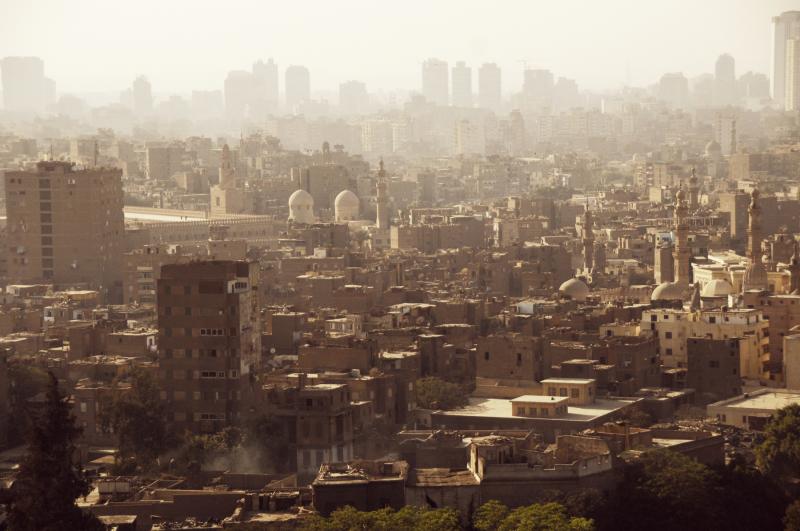Resilient megaprojects – Ismailia, Egypt

A lack of ambition is not one of the challenges facing Ismailia. Situated on the west bank of the Suez Canal in Egypt, the city is locally known as “The city of beauty and enchantment” and is home to around 370,000 people.
As part of its Vision 2030, the city is embarking on several megaprojects in its construction industry, including 480km of transport and water projects around the canal itself.
According to Dr. Ahmed Gamal Khattab, the Technical Focal Point of the Making Cities Resilient Initiative for Ismailia, the country has the understanding of what needs to be done and the commitment of its leaders.
“We built a new Egypt,” says Dr. Khattab. “We have a lot of new projects and infrastructure so all projects will now integrate disaster risk reduction [into them]”.
This will be music to the ears in the project office of the “Making Cities Sustainable and Resilient” Initiative, a project funded by the European Commission and jointly led by UNDRR to support municipalities to develop and implement disaster risk reduction action plans.
Ismailia is one of 20 cities which receives training and technical support to design and implement a city DRR strategy while assessing the needs of the city and community and carrying out consultations along the way.
However, despite the seemingly large budgets allocated to projects, like in many countries, there is no specific budget allocated to DRR. In addition, the impact of strategic planning often has a longer gestation period than many political terms.
“The greatest challenge that we are facing is establishing a disaster risk reduction strategy over changes in local government,” explains Dr. Khattab. “A change in leadership means that we have to build understanding again.”
This is a familiar story from many of the participatory cities and the project helps to institutionalise some of the DRR best practices in order to future proof gains against changes in individual leaders or political parties.
But it seems as if progress in this area is being made in the ambitious Egyptian city. According the technical expert, they have collaborated to establish a regional centre for disaster risk reduction along with the six neighbouring governates, including North and South Sinai and Suez.
This kind of joint up approach across sub-national levels and thematic divides represents a good grasps of the fundamentals of the project and strong links to the wider sustainable development agenda and the Sendai Framework for Disaster Risk Reduction – the globally-agreed roadmap for reducing disaster losses.
Participants recognize the value in the workshops and the peer-to-peer learning that the initiative provides.
“The Making Cities Resilient project helps a lot,” says Dr. Khattab. “Its main benefit is helping us to understand and accelerate DRR strategy, through the technical support and training workshops.”